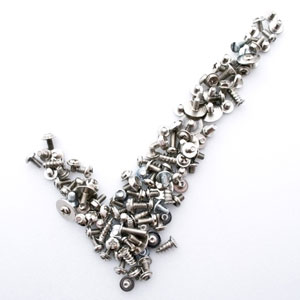Metal mesh, a versatile material known for its strength and flexibility, finds extensive use across various industries. From industrial applications to artistic endeavors, its unique properties make it indispensable in modern construction and design.
What are the primary applications of metal mesh?
Metal mesh is widely used in architectural facades, allowing for both aesthetic appeal and functionality. It’s also crucial in industrial settings for filtration, separation, and reinforcement purposes.

How does metal mesh compare to other materials like geotextiles?
Unlike geotextiles, which are primarily used in civil engineering for soil stabilization and drainage, metal mesh offers superior durability and structural support. It’s often chosen for applications requiring robustness and longevity.
What are the environmental benefits of using metal mesh?
Metal mesh is highly recyclable, contributing to sustainability efforts in construction and manufacturing. Its durability reduces the need for frequent replacements, thus lowering environmental impact over the long term.
How is metal mesh integrated into geotechnical applications?
In geotechnical engineering, metal mesh is utilized in reinforcing soil structures and erosion control. When combined with geotextiles, it enhances stability in challenging terrains, offering a comprehensive solution for landscaping and infrastructure projects.
In conclusion, metal mesh stands out as the ultimate choice for applications requiring strength, adaptability, and environmental consciousness. Whether enhancing architectural designs or fortifying soil structures, its versatility continues to redefine possibilities across industries.
By integrating metal mesh with complementary materials like geotextiles, engineers and designers can achieve unparalleled results in their projects, ensuring both performance and sustainability.
This structured approach not only highlights the diverse applications of metal mesh but also underscores its critical role in shaping the future of construction and environmental engineering.


